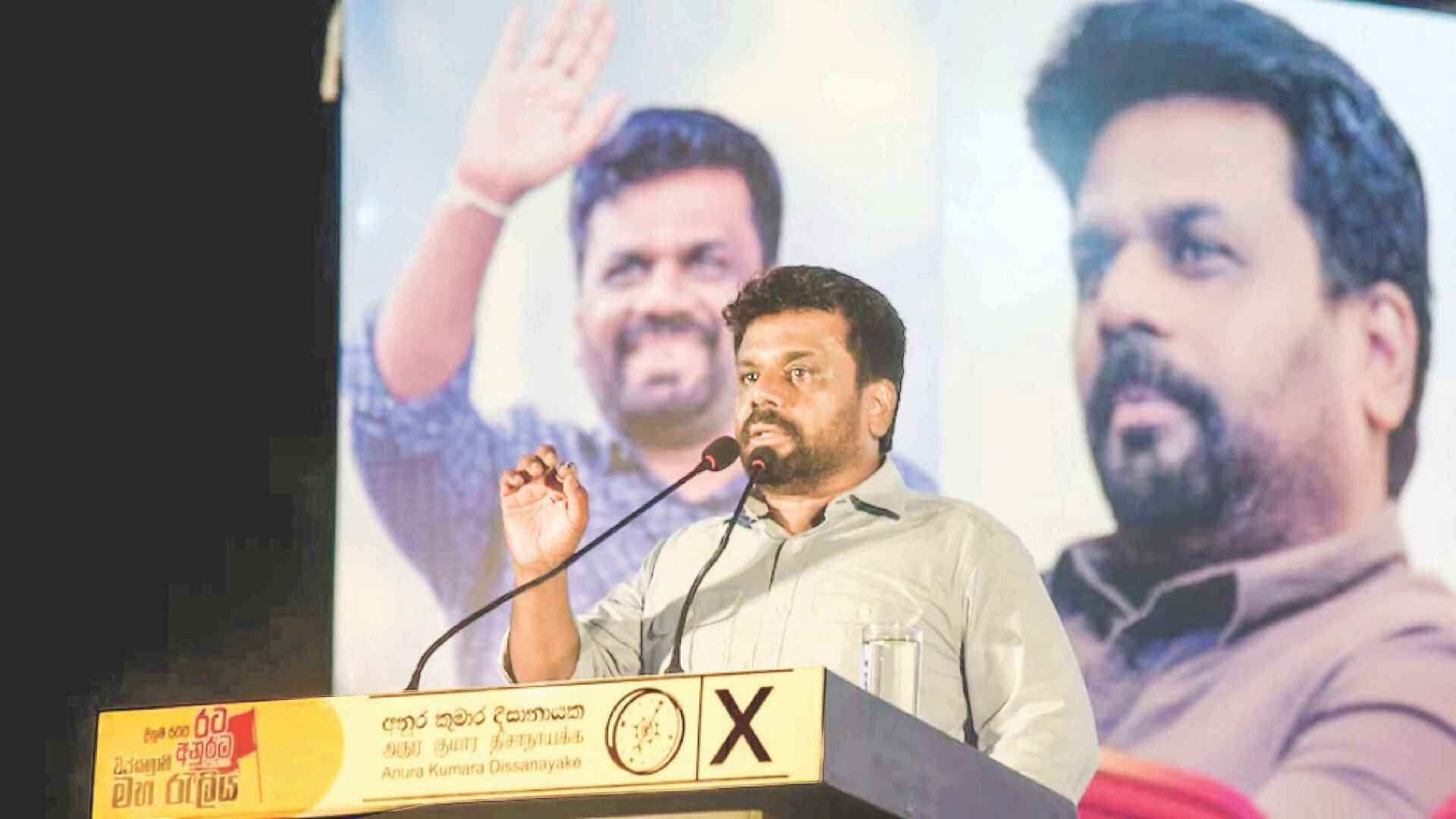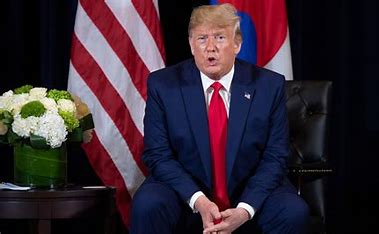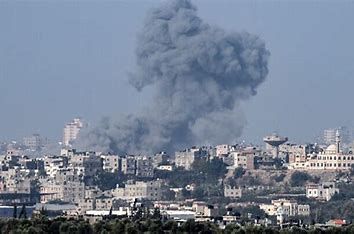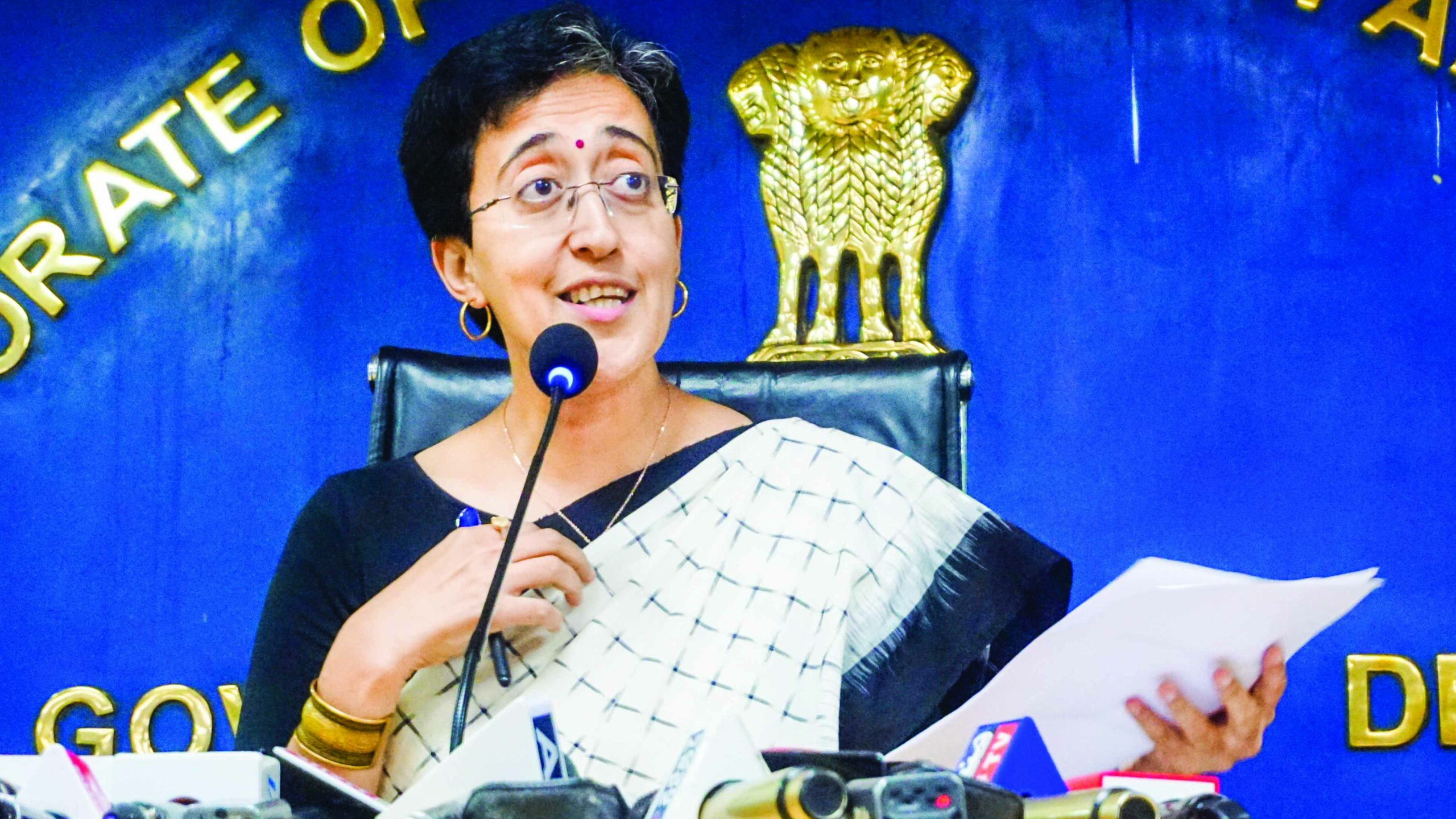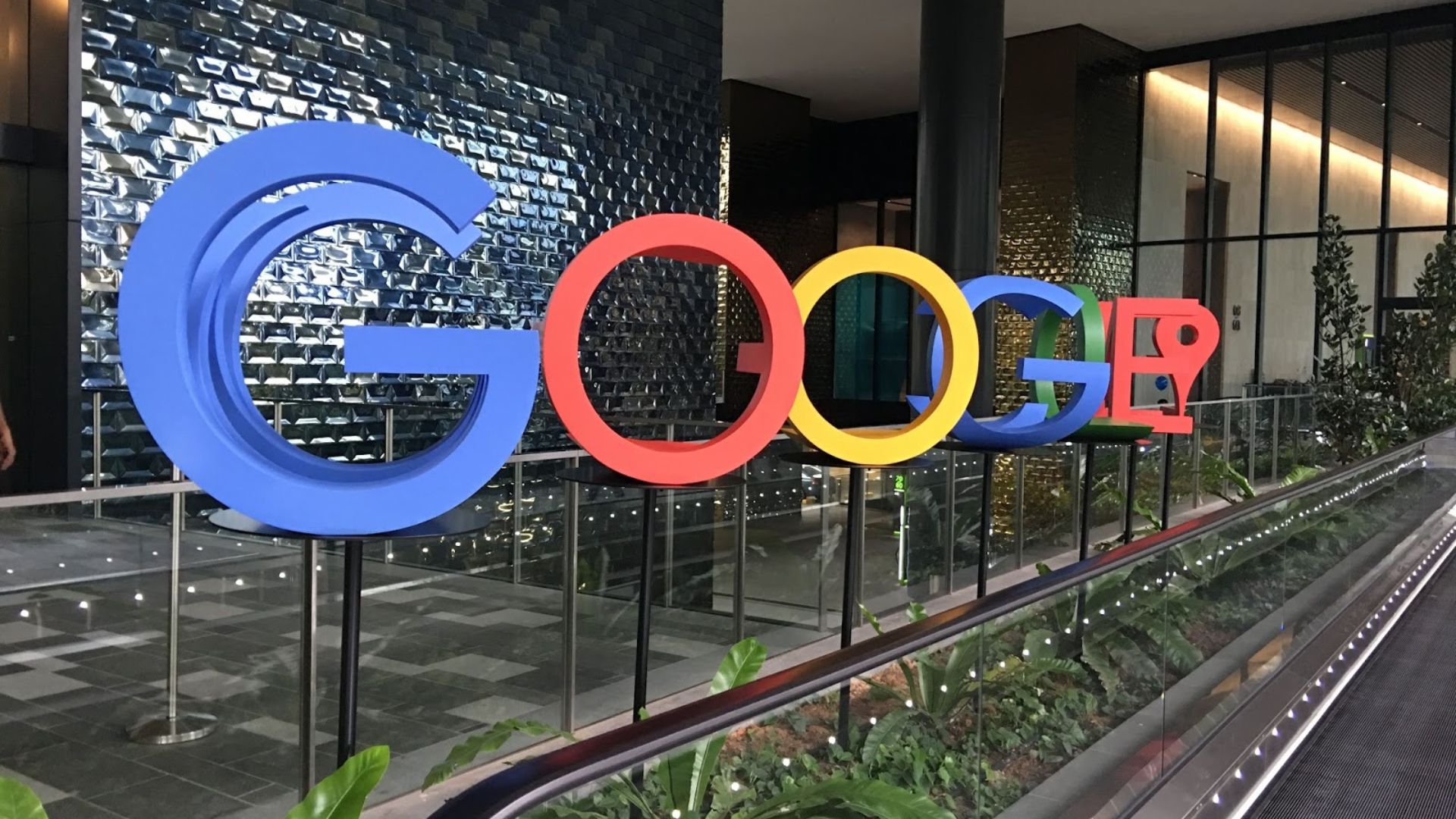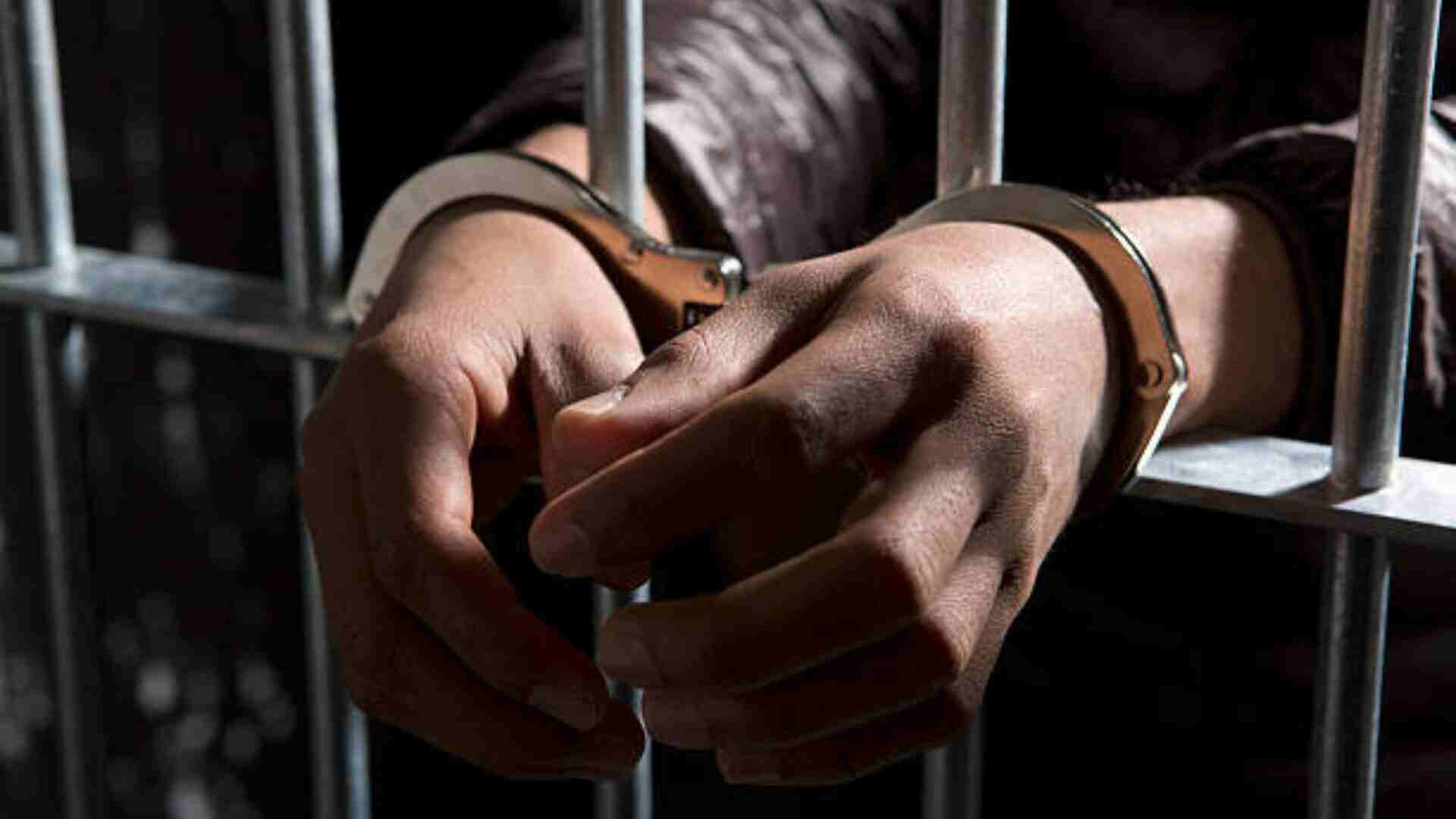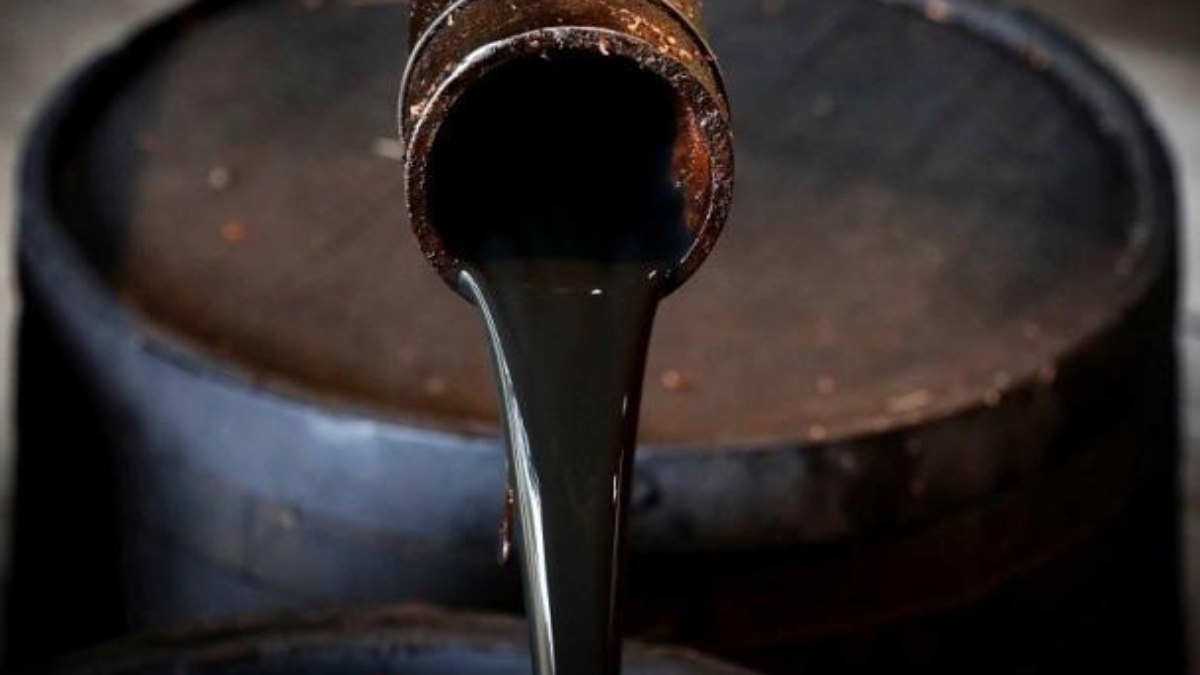
Crude Oil prices have been rising steadily since the beginning of 2021 when Brent Crude was trading at about $52 per barrel, buoyed both by hopes of improving demand due to economic recoveries across geographies, as well as supply cuts by key Oil-producing countries. The Organisation of Petroleum Exporting Countries (OPEC) extended supply cuts made in 2020 when crude Oil prices had reached a low of under $19 per barrel. Speaking of India, the prices of petrol and diesel in India are benchmarked to a 15-day rolling average of the international prices of petroleum products.Global financial major Goldman Sachs expects Brent crude oil prices to reach $110-per-barrel by early next year, a 30% jump from the current levels of almost $84. “We estimate that global Oil demand has surpassed 99 million barrels per day (mb/d) and will shortly hit its pre-Covid level of 100 mb/d, as Asia rebounds after the Delta wave,” Goldman Sachs’ analysts said in a recent note. In addition, the switch from expensive gas to a relatively cheaper Oil, may be contributing at least 1 million barrels to the recent surge in Oil demand with current gas forwards incentivising this through winter. Analysts at Goldman Sachs said that Oil price was still not high enough to generate demand destruction, given falling energy intensity in developed markets and rising income levels in emerging markets. “Specifically, we estimate that the 2022 Brent price would need to reach $110/bbl to balance the deficit we expect through Q1 2022 via the demand side alone,” said Goldman.
Fuel prices have risen not only in India, but elsewhere too. The average retail price for gasoline in the USA jumped well past $3 per gallon in 2021, the highest it has been since 2014. California saw highest prices at over $4 per gallon, with reports of global Oil demand outstripping supply in the order of anywhere between 6.5 lakh to 9.5 lakh barrels per day, going forward. The recent bull rally in 2021 in global Oil prices therefore, from a low of $19 a barrel in April 2020, to a high of over $85 in mid-October 2021, effectively means, Crude Oil prices have risen by an unbelievable 347% in the last 18 odd months. Since more than 80% of India’s Oil demand is met via imports, any surge in global Brent Crude price, obviously has a sizeable impact on India too, as both petrol and diesel are now fully deregulated.
India’s ignorant opposition has often alleged that under the inept, Congress led UPA-2, despite elevated Brent prices globally, local fuel prices were much lower. Well, that is because fuel prices were only partially decontrolled under the inefficient, Congress- led United Progressive Alliance (UPA-2). It was Prime Minister Narendra Modi-led NDA government that took the unpopular but bold and long overdue decision of decontrolling Diesel prices too in October 2014.Hence, comparing fuel price movements under the Modi government,with the erstwhile, lethargic, Congress regime, is unfair. Also, don’t forget that the previous, Congress led UPA government took loans by purchasing Oil bonds of Rs 1.44 lakh crore, that the Narendra Modi led, NDA government inherited and paid for. Not only this, the Modi government also paid Rs 70,000 crore on the interest part alone, which means, in total, the Modi government discharged debt obligations of the earlier Congress regime, by repaying over Rs 2 lakh crore. To nail the misinformation surrounding domestic fuel pricing, it is best to look at a real time, example. Assume petrol prices at Rs 100 per litre. Of this Rs 100, the Basic rate is Rs 32.97 per litre; Central government tax is Rs 21.58; State government VAT, surcharges and levies are Rs 41.67,per litre; Distributor margins work out to Rs 3.78,per litre. Clearly, it is not the Central government, but State government taxes that are the biggest component of petrol prices and also the biggest reason,for the steep rise in domestic fuel prices. Effectively speaking,State government taxes account for 41.67% of the final petrol price, whereas Central government taxes account for only 21.58% of the final petrol price per litre. Hence, before pointing fingers at the Modi government, opposition leaders like a clueless Rahul Gandhi,whose party,the Congress, is a vital part of the ruling alliance in Maharashtra, would do well to do some number crunching! In fact, along with VAT, disaster management cess and highway liquor ban cess, the net share of State taxes in fuel prices in Maharashtra is almost 50% and ditto is the case with Rajasthan— another Congress ruled State, with the highest VAT.
India imports almost no petrol or diesel. It imports Crude. But the price we pay for fuel is based largely on Import Parity Price (IPP) or the price we would pay, if India were to be actually importing petrol or diesel. India’s export of petrol and diesel is more than imports. India’s total imports in 2017-18 were worth Rs 744 million while total exports were far higher at Rs 23,858 million. Fuel is basically,priced as if it is imported.Oil refiners, who make these products in India, are paid what is called a Refinery Gate Price (RGP) based on the Trade Parity Price (TPP) which is a weighted average of the Import Parity Price and the Export Parity Price (EPP). IPP is the price importers would pay if they actually imported the product. So,it includes not just the cost of the fuel itself, but also freight charges, insurance, customs duty and port charges. EPP is what somebody actually exporting the product would get. IPP has an 80% weight and EPP only 20% in the TPP.
This method of calculating the price to be paid to refiners means that whenever international Oil prices rise, they get a windfall. That is because Customs is an ‘ad valorem’ rate or a percentage of the basic value unlike a specific duty which would remain fixed irrespective of basic price.Since customs duty is 2.5% of imported price, it goes up in absolute terms as the basic price does. So, at $100 per barrel, the duty on a barrel of petrol would be $2.5 while at $200 per barrel it would be $5. India has to import 80% of the raw material (Crude Oil), so Export Parity could not be an option and hence an 80:20 trade parity pricing (TPP),was implemented, in line with the C.Rangarajan report.
Interestingly, customs on products is 2.5% but this is applicable only on 80% of the output, effectively making it just 2%.
There are several taxes on domestic Crude such as National Calamity Duty and State Entry Tax. These are largely absorbed by the public sector Oil refiners. So after adjusting these, the effective customs duty is minimal. Effectively speaking, the burden of Customs duty is largely borne by public sector refining companies and hence to allege that refiners make abnormal gains,if global Crude prices go up,is absolutely false. To cut a long story short, with the State-level value added tax (VAT) and Sales tax being levied on an Ad-Valorem basis, tax revenues of States from petrol and diesel, rise in tandem with the increase in their prices. Elevated fuel prices, however, do not however, help the Centre much, as the Excise duties on petrol and diesel levied by the Central Government, are specific in nature, like flat rates, so whether petrol is Rs 70 or Rs 100 per litre,is largely meaningless, for Central government from a revenue standpoint. On the contrary, the biggest killing is actually made by States, who charge Ad-Valorem rates and higher the price of petrol and diesel, higher the taxes earned by States.
Again,it is nothing but sheer hypocrisy to talk of rising petrol and diesel prices,but not give the Modi government credit for the fact that compared to January 2014, when LPG gas cylinder prices went to as high as Rs 1270-1290 per cylinder, average price range of a LPG gas cylinder was between Rs 673-710,in 2019. LPG cylinder prices, in fact, fell to a low of Rs 594 in 2020. True, LPG prices have risen recently to between Rs 884-926 per cylinder. But do note that globally, propane and butane prices in the last one year have risen from $375 per tonne, to as much as a massive $800 per tonne, which is a huge,100% plus, increase. Also, do note that while average retail inflation in the last seven years under the Modi government is 4.8%,that number was 7.8% in the last seven years of Congress led UPA.
Recently there has also been a surge in edible Oil prices, globally. Since India imports between 55-70% of edible Oils like palm oil, soyabean oil and sunflower oil, domestic cooking oil prices have risen too. Argentina, one of the biggest producers of soyabean, faced huge crop losses after a severe drought. Malaysia and Indonesia curtailed exports of palm oil to India and other countries, after a big rise in local demand, due to a change in bio-fuel norms in these countries. Ukraine and Russia, amongst the largest producers of sunflower oil, also faced a debilitating drought, leading to a sharp surge in international prices, of sunflower oil.
The good news is that the area under Oilseeds has expanded in India in recent times and output is expected to be higher than the previous year. The total acreage under Oilseeds increased by 18 lakh hectares or 10% during the 2020 Kharif season, aided by the increased availability of labour, after migrants workers returned to their home in rural areas. The acreage for groundnut rose 30% and for soyabean by about 7%. Similarly, the acreage under oilseeds in the 2020-21 Rabi season was up by 4%. Mustard is the primary oilseed grown during the winter cropping season and the area under the crop is also up 5%. According to the third advance estimates of production for the 2020-21 agriculture season, oilseed output expanded by 10% to 365.65 lakh tonnes, with the soyabean crop rising almost 20% and mustard by 10%. Hence, cooking Oil prices should come down, going forward.
Allocation of Rs 2.3 lakh crore for health is a 137% jump in 2021-22, over 2020-21. Again, Rs 1.18 lakh crore for road infrastructure, Rs 1.10 lakh crore for railways, an outlay of Rs 3.6 lakh crore for the power sector and Rs 16.5 lakh crore towards agriculture credit outlay in the Union Budget, showcase how the Modi government is spending money judiciously, towards a healthier, fitter and better India. Defence allocation at Rs 4.78 lakh crore,which is up 19% in FY22,over FY21,is aimed at a more safer and secure India. Hence,allegations that resources raised via fuel taxes are being frittered away, are absolutely baseless.
Contrary to falsehoods being peddled, Prime Minister Narendra Modi has done an excellent job in controlling retail inflation which came in at 4.35% in September 2021. Food inflation came at just 0.68%, while vegetable inflation was minus 22.47%. Even in August 2021, while retail inflation measured by consumer price index (CPI) was 5.3%; food inflation was 3.11%, while vegetable inflation was minus 11.68%. Dont forget, globally, food inflation measured by the FAO Food Price Index (FFPI), is currently at the highest levels ever, since 1970. Food inflation, globally, is up by anywhere between 33-47%, compared to last year, driven by inclement weather, rising freight and shipping costs and supply side constraints. Many countries are not even able to import food grains due to depleting forex reserves and rising import costs. India stands tall, with bountiful supplies and commendable management of the food economy by the Modi government. Those who accuse the current government of rising fuel prices, should know that in the last few weeks, gas stations in the United Kingdom ran dry and out of gasoline. Finally, price of any commodity is largely driven by demand-supply dynamics and given the incumbent global shortages and rising fuel demand worldwide, India too, is seeing a rise in prices but on a relatively smaller scale, versus global peers.
To cut to the chase, India,under Prime Minister Narendra Modi, is planning to increase natural gas consumption by 2.5x as part of the energy mix— to 15.5% by 2030, from the current level of 6.2%. The ongoing transition from an ‘Oil economy’ to a ‘Gas economy’ under PM Modi’s visionary leadership is steadfastly underway. Over 70% of India’s population in over 400 districts will have city gas distribution (CGD) facility soon. Only 25 lakh households in India had access to piped natural gas (PNG) in 2014 but thanks to the Modi government’s persistent efforts, that figure more than quadrupled by 2021. Again, India only had 947 CNG stations in 2014,that number rose to 1470 stations in 2018 and is set to scale up to a massive 10,000 CNG stations in the next few years. Since CNG is anywhere between 45-60% cheaper compared to Petrol and Diesel, this will make India self-reliant, in more ways than one.
The writer is an economist, national spokesperson of the BJP, and the bestselling author of ‘Truth & Dare: The Modi Dynamic’. Views expressed are her personal.



